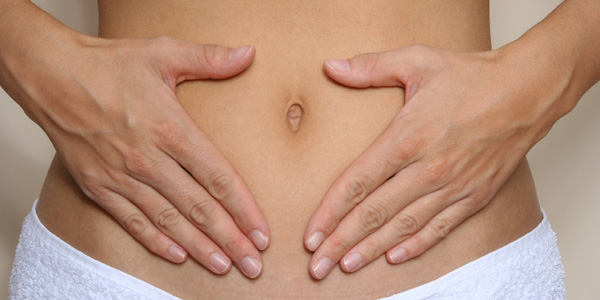 By Amanda Hromadka, DPT, CLT Physical Therapy for Women, Inc. Published: Tuesday, July 26, 2011 at 2:56 p.m. last Modified: Tuesday, July 26, 2011 at 2:56 p.m.
By Amanda Hromadka, DPT, CLT Physical Therapy for Women, Inc. Published: Tuesday, July 26, 2011 at 2:56 p.m. last Modified: Tuesday, July 26, 2011 at 2:56 p.m.
Did you know the human body has one system that regulates immunity, digestion, and the balance of fluids and proteins? the lymphatic system is complex, and serves a vital role in human health, circulating lymph fluid, which is made up of proteins, fats and other cells, from the skin to the blood system.
The lymphatic system requires healthy lymph nodes and vessels to function efficiently. the most common lymphatic system disorder is called lymphedema. Lymphedema is the accumulation of lymph fluid and most commonly shows up as swelling in the arms or legs, but it can also be present in other areas of the body.
There are two types of lymphedema: primary and secondary. Primary lymphedema means a person is born with abnormal or missing lymph nodes. Secondary lymphedema is caused from trauma or surgically removing lymph nodes. (ie: following surgery for breast or uterine cancer). either way, typical lymphedema symptoms can include: decreased flexibility in the affected arms or legs, increased size of the arms or legs, prolonged infections, feelings of heaviness and/or discomfort, and possibly malignancy.
While there is currently no cure for lymphedema, physical therapy can greatly assist with ideal management. Lymphedema can be treated through the use of Complete Decongestive Therapy (CDT).CDT has four components: skin care, manual lymphatic drainage (MLD), compression, and specifically designed exercise programs.
For skin care, it is important to protect the involved area of the body against any signs of infection or trauma. Lotion is recommended to prevent any cracking of the skin that could eventually lead to infections. MLD is the hands-on process of re-routing the lymph fluid from unhealthy to healthy lymph nodes. this light and gentle massage technique has been proven to reduce the amount of swelling, decrease discomfort, regenerate tissue, and improve venous conditions. MLD helps reduce the size of the swollen area, and the compression garments help maintain the size of the affected area. Compression garments can be ordered in a variety of different pressure amounts, sizes, colors, and textures. These compression garments are to be worn during the day and during exercises. Additional methods of compression may be recommended for nighttime wear. Exercise programs are designed for each individual and can include movements to increase flexibility, strength, stabilization, endurance, etc.
A good CDT program of skin care, MLD, compression, and exercise helps manage lymphedema. Prevention and early intervention are important parts of the success of managing lymphedema. It is recommended to avoid extreme temperatures, infections, and/or trauma to the involved area of the body to significantly decrease the risk for developing lymphedema symptoms.
Physical Therapy for Women offers Complete Decongestive Therapy (CDT) by Certified Lymphedema Therapists (CLT). If you, or someone you know, could benefit from lymphedema management, please call Physical Therapy for Women for more information.